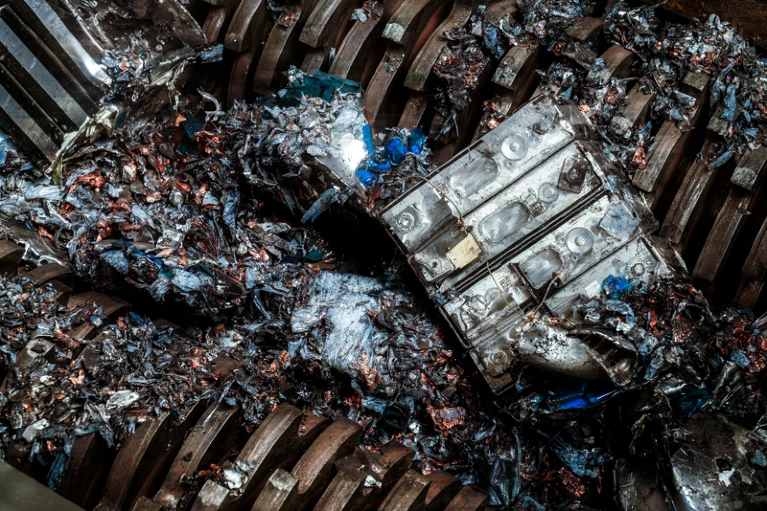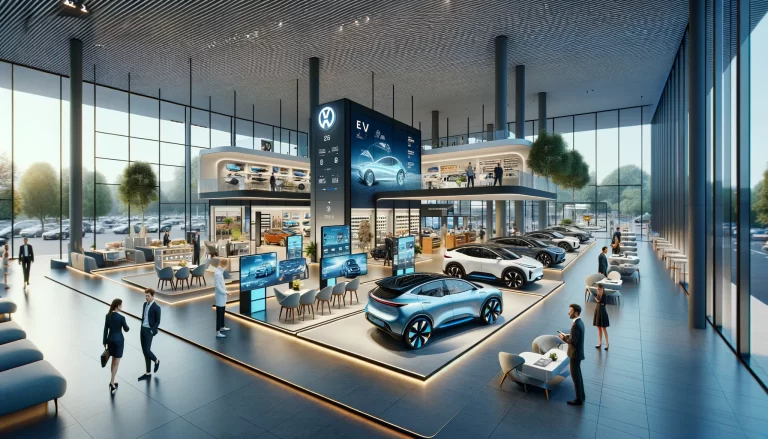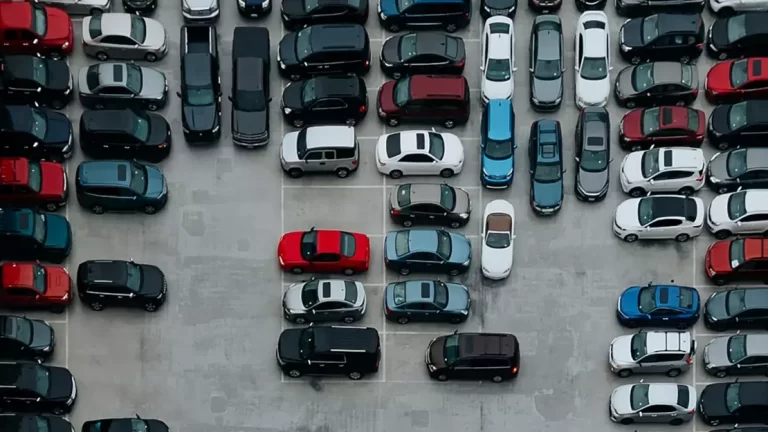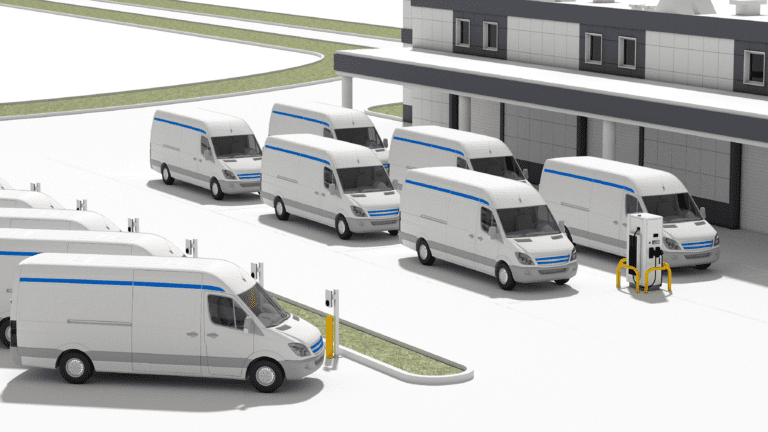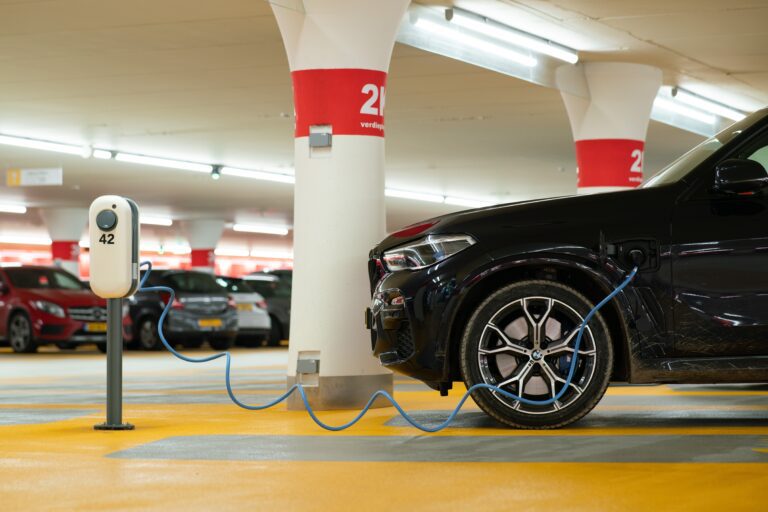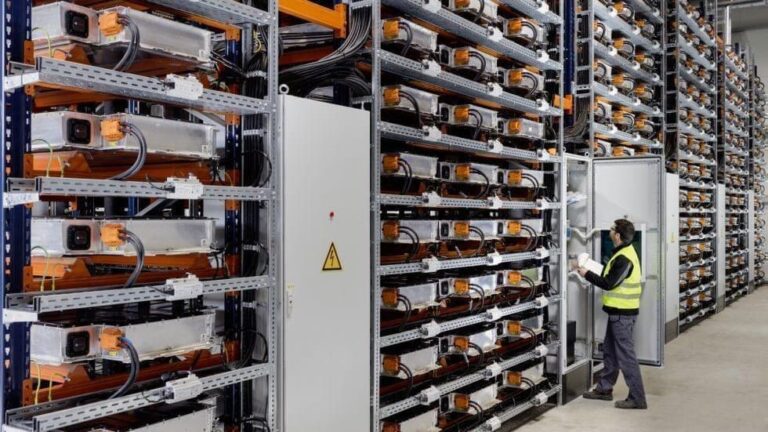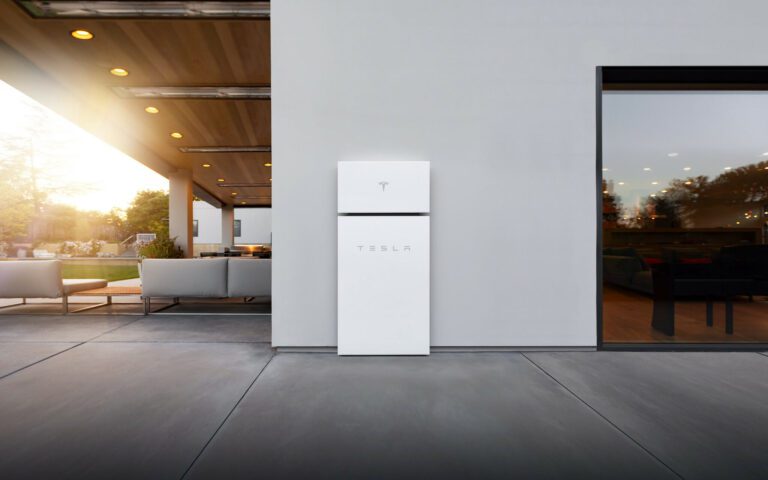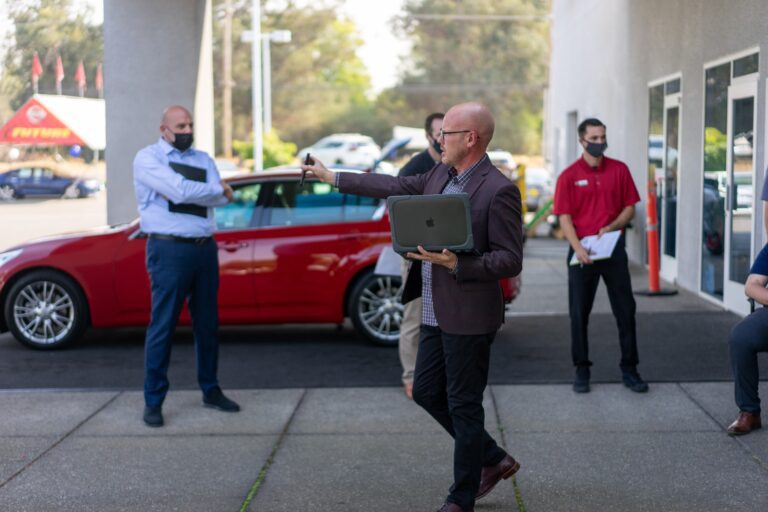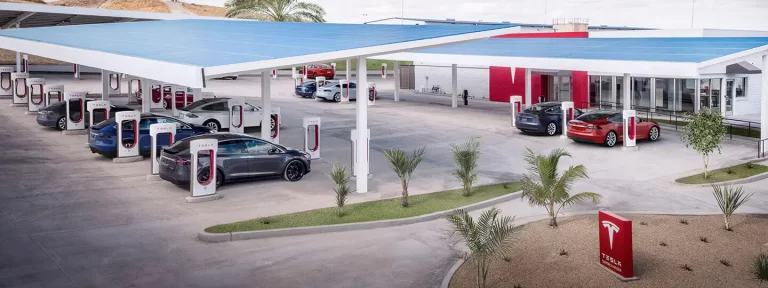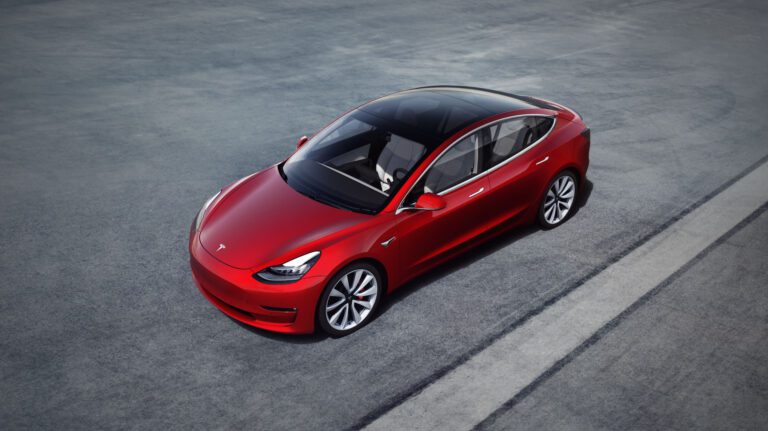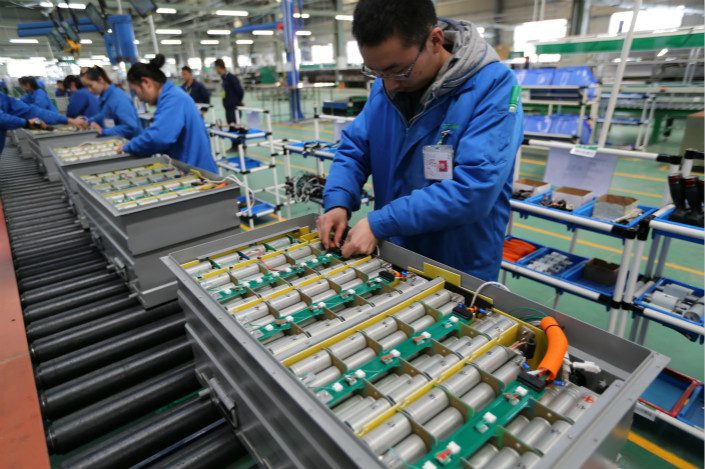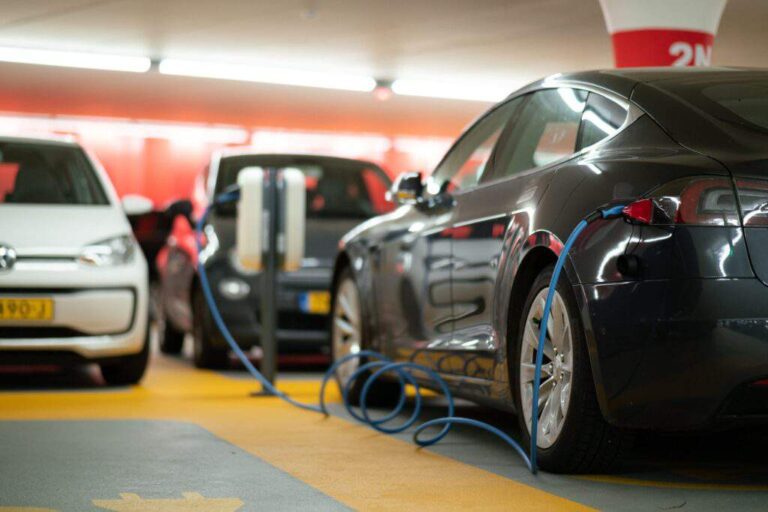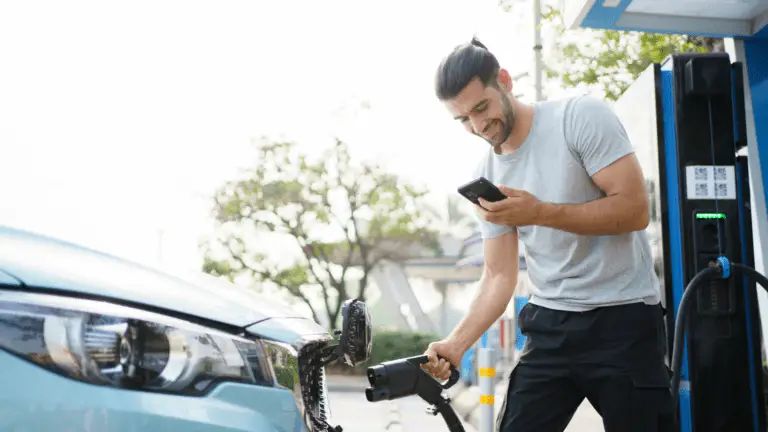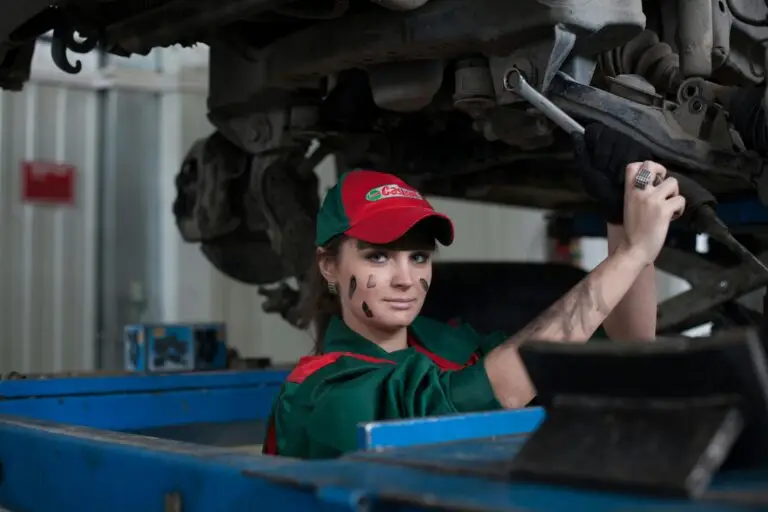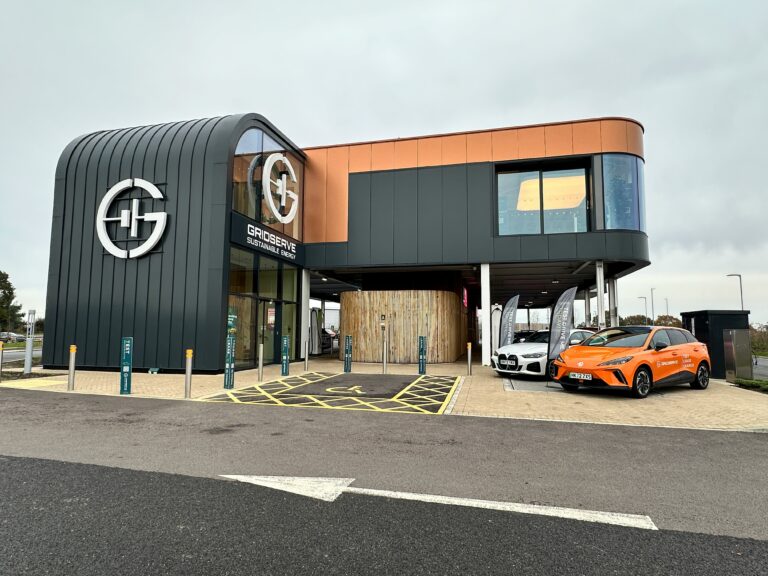The UK EV market is one of the fastest-growing in Europe. One of the groups of people closely monitoring this growth is battery recyclers. What does the current structure of the UK EV market mean for recyclers waiting for the batteries to pass their useful life?
The current UK EV market
The SMMT notes that amid a growing number of people driving again after the pandemic, electric cars have multiplied on the road, with 1.1 million of such on the road. Last year saw nearly a quarter of a million plug-in EVs registered, a 40% increase over the figures for 2021 when 190,700 units were registered.
The numbers are set to grow, with the Local Government Association expecting the total number of electric car sales to total between 8 million and 11 million by 2030 and 25.5 million by 2040, and market value projected to exceed US$19 billion in 2023 and US$32 billion by 2027.
Market fragmentation?
The UK EV market consists mainly of plug-in hybrid (PHEV) and battery electric vehicles (BEVs). PHEVs combine an internal combustion engine and an electric motor powered by a battery that can be charged externally. BEVs, however, run only on electric motors and do not produce emissions.
According to New AutoMotive data, 23% of all new car sales in the UK in Dec 2022 were hybrid, while BEVs made up 34%. This was the reverse of the share in 2020 when PHEVs took 10.9% while BEVs accounted for only 6.7%. The rest consisted of petrol and diesel-powered cars.
Digging into the distribution of BEV sales by brands, another type of fragmentation emerges. The largest share was owned by Tesla, at 39%. The next biggest seller was Volkswagen, with a distant 9% of total sales. In third place was fellow German brand BMW with 7%. Renault and Nissan accounted for 6% each, followed by MG and Audi with 5% each. Holding on to 2% each were Skoda, Mercedes-Benz, MINI, Porsche, Volvo, and Hyundai. Kia, Peugeot, and Vauxhall.
Compared to the whole new market sales, Tesla took home 13%, while Volkswagen had 3% (EVs only). BMW, Renault, Nissan, MG, and Audi EVs accounted for 2% each.
The fragmentation demonstrates the diversity and competitiveness of the UK BEV, as well as the preferences of the buyers. However, for EV battery recyclers, it is a unique challenge; different battery types. EV makers use a variety of battery sizes and chemistries, including proprietary battery designs and technologies. Moreover, when the batteries are finally ready for recycling, they are in different conditions.
Take, for example, the two most common battery chemistries.
The LFP vs NMC battle
Most electric cars are equiped with either LFP (lithium iron phosphate) or NMC (lithium nickel manganese cobalt oxide) batteries. The latter have higher energy density and power output than the former but are more expensive and pose higher safety risks. In addition, LFP batteries have longer cycle life and better thermal stability.
According to the IEA, NMC was the dominant EV battery type in 2022, with 60%, with LFP making up about 30%. NCA (nickel cobalt aluminium oxide) made up about 8%.
The difference between NMC and LFP batteries affects their recycling technologies and outcomes. There are three main recycling processes for lithium-ion batteries; pyrometallurgical, hydrometallurgical, and direct cathode recycling.
Pyrometallurgical recycling involves melting the batteries at high temperatures and extracting metals from the slag. Hydrometallurgical recycling dissolves the batteries in acidic or alkaline solutions and separates the metals through precipitation or solvent extraction. Direct cathode recycling involves recovering and reconditioning ceramic powder cathode material for use in new batteries.
Each of these recycling processes has its advantages and disadvantages, depending on the battery chemistry and the desired products. For example, pyrometallurgical recycling can recover most of the metals from NMC batteries. However, the downside is the process consumes a lot of energy and produces a lot of greenhouse emissions.
Hydrometallurgical recycling can recover lithium from NMC and LFP batteries. However, it produces a lot of wastewater requiring complex chemical treatments. Direct cathode recycling can retain a substantial fraction of the energy in the cathode material. However, the process requires high-purity and quality cathode material.
Battery shredding in the UK
Another challenge facing UK EV battery recyclers is required facilities. One of the steps is battery shredding, which breaks down the batteries into smaller pieces using mechanical force or thermal treatment. This output is easier to separate and recover metals and other materials from.
However, the UK has a shortage of battery shredding facilities, requiring the battery to be shipped to continental Europe, according to the Faraday Institution. This adds transportation costs and carbon emissions to the recycling process. It is, therefore, crucial to develop domestic battery-shedding capability to cope with the growing volume of end-of-life EV batteries.
Batteries lasting than official estimates
Another problem battery recyclers in the UK face is the state of health and timing of end-of-life. The SOH compares how much power a battery can deliver to its original capacity, meaning the lower the SOH, the lower the driving range EV owns can squeeze out of it. The SOH is affected by several factors, including usage patterns, charging habits, temperature, and battery age.
Most EV makers offer 70 to 80% SOH for 8-10 years or 100,000-160,000 km. However, studies have shown that EV batteries tend to last longer, with some Tesla model batteries offering 90% SOH after 300,000 km.
While the extension in end-of-life is a positive for EV owners, it delays when battery recyclers start receiving materials. This could create a gap between supply and demand for recycled materials and affect the profitability of the process. It could also upset the balance of the EV battery second-life industry, which already has to wait for batteries larger than 30 kWh to retire. This is because smaller batteries tend to have higher degradation rates. In addition, most second-life applications require batteries with capacities greater than 30 kWh.
Conclusion
Understanding the structure of the UK EV market and what it means for battery recyclers is crucial for developing effective strategies to cope with the challenges and opportunities of EOL battery streams. Battery recyclers need to consider factors such as battery chemistry, recycling method, recovery efficiency, market value, and environmental impact when designing their processes. They also need to monitor the trends and forecasts of EV sales, battery sizes, and SOHs to estimate when and how much material they will receive. Furthermore, they need to collaborate with other stakeholders such as EV manufacturers, dealers, owners, regulators and researchers to create a circular economy for EV batteries that maximise resource efficiency and minimises environmental impact.

